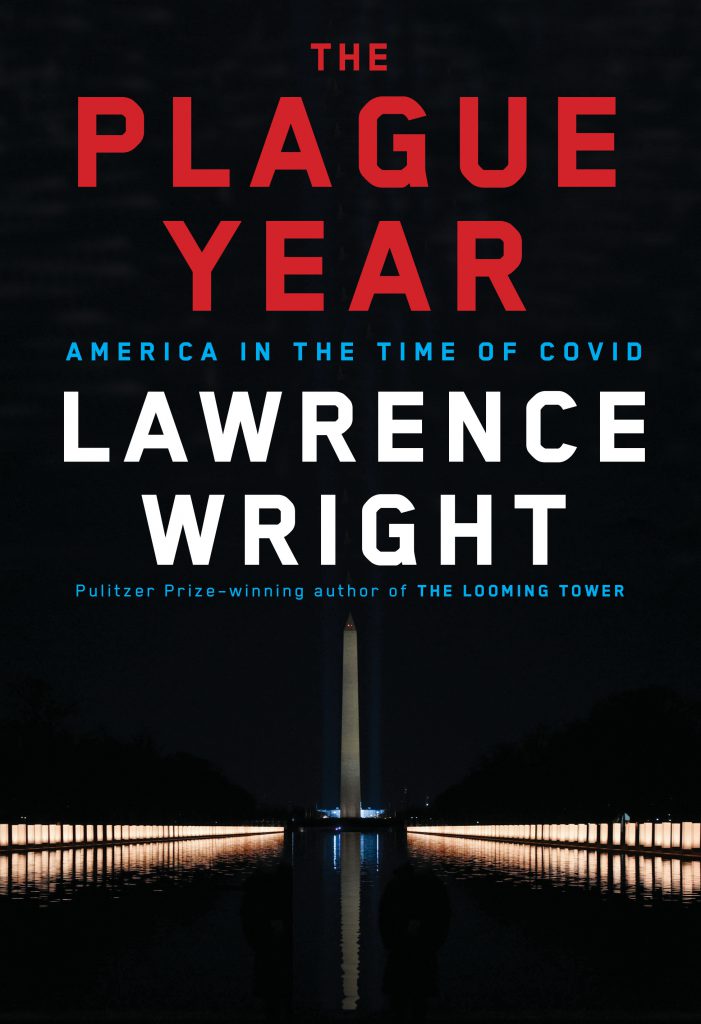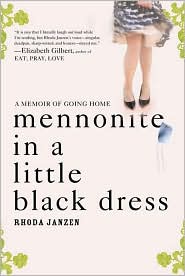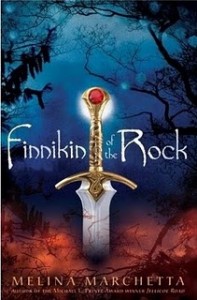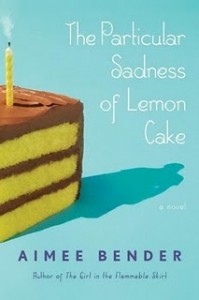This review contains affiliate links, which earn me a small commission when you click and purchase, at no extra cost to you. Thank you for supporting my small business and allowing me to continue providing you a reliable resource for clean book ratings.
After living with the Covid pandemic for 18 months, it’s quite possible for anyone to say they’ve had enough. Enough of the shutdowns, masking, social distancing, and life upheaval. Enough of debates, politicizing, pleas for taking one stance instead of another. Certainly enough illness, enough death. Enough talk in media and social media. So one may be tempted to avoid veteran writer Lawrence Wright’s book about this plague year. However, that would be the wrong move.
As much as I’ve kept myself informed, quite possibly over-informed, about all things Covid in the past 18 months, I found The Plague Year to be invaluable. After spending innumerable hours reading hundreds of articles from respected newspapers, I find that my brain can sometimes retrieve important information that I’ve read on particular topics related to the pandemic, but not as often as I’d like it to. And I may or may not have important context ready in mind. This book presents a timeline of events, with pertinent context, and with the benefit of hindsight, time, and proper weighing and sifting to present a full but not bogged-down account.
It reaches back to previous viral outbreaks, of SARS and MERS, to give readers a better understanding of how and why scientists were reacting to the novel coronavirus. It makes more sense knowing now that scientists expected the new virus to act much like SARS, that only symptomatic people would be contagious and all who became infected would show some signs of illness, for instance, which is far from being the case.
The book outlines the missteps that occurred in U.S. leadership in the month of February, several choices by top officials that led to our country having no chance of getting ahead of the spread of Covid-19. The CDC made several crucial errors related to tests, for one, the account of which is mind-boggling to read 16 months later. Scientists were slow to accept the idea that this novel virus was airborne, and the repeated direction of the WHO that it was spread by large respiratory droplets (through coughs and sneezes) didn’t help. In short, masks truly were a necessary and useful method of slowing the spread of the new coronavirus, but the opposite message was being shared with Americans. Over a year later, too many people are clinging to the original (wrong) message.
The nation’s Strategic National Stockpile of personal protective equipment had been depleted during the 2009 H1N1 flu pandemic and not replaced. Governors of each state were looking to the federal government to help find PPE for health care workers, and President Trump only told them the feds would be a backup. States ended up fighting each other over the limited supplies they could scrounge, bidding each other up on prices, and sometimes the feds came in and seized the supplies they did get.
As Wright writes, “It was a national problem, but there would be no national plan. The pandemic was broken into fifty separate epidemics and dumped into the reluctant embrace of the surprised and unprepared governors.”
The pandemic’s origins are still a mystery, in major part because China has prevented outside researchers access to labs and information. The book looks into several options. One I found interesting was that several Chinese miners died after contracting a virus in a copper mine in 2012. A Chinese scientist renowned for her work on bat viruses collected numerous samples and got to work analyzing. The samples were studied in the Wuhan lab.
“The RaTg13 bat virus that (the scientist and her team) collected from the copper mine is highly similar to SARS-CoV-2, with 96 percent of its genome being identical (the first SARS and SARS-Cov-2 are only 82 percent alike),” Wright writes. “Scientists determined that they came from a common ancestor. A few modifications could easily transform this strain into a human disease.”
Another interesting scientific tidbit: “The surprising thing about Covid-19 is that it seems to have been an uncannily successful human disease from the start — binding a thousand-fold more tightly to the ACE2 receptors than did SARS.”
The book (and so much that is going around in social media) is an important reminder that either more citizens need to be properly educated in basic scientific principles, or they need to be able to trust those who are (and that is a whole other can of worms, isn’t it?). This pandemic was inevitable, and worse ones are as well. Life finds a way, and viruses are excellent at adapting to hosts and changing in ways that allow them to continue infecting animals and humans.
Scientists aren’t just trying to find the origin of the virus (where it began), but the first person who contracted it. Because those findings will provide crucial information.
“Patient Zero, if that person is ever found, will tell us how the current pandemic arose, but the search will also uncover the many ways dangerous diseases emerge. If the evolution of SARS-CoV-2 is natural, then we can expect recurrences, as the processes that led to its interaction with humans — climate change, intensive animal farming, the encroachment of civilization into natural preserves, smuggling and consumption of exotic species — have only increased. If the virus was created in a laboratory, for whatever purpose, then it is a reminder that science is engaged in experiments that invite catastrophe with the smallest slip. In either case, Covid-19 is a harbinger.”
I am sure this book will be revised and added to as time goes on in the next year and five years. This first read was so helpful because it does the research, chooses some of the most pertinent facts, and puts them in a timeline and context. It’s readable and interesting and may help clear up some popular misconceptions and confusion. Information is power, after all.
Rated: Moderate. Profanity includes 4 uses of strong language, 3 instances of moderate profanity, about 5 uses of mild language, and a few instances of the name of Deity in vain.
Click here to purchase your copy of The Plague Year on Amazon.




